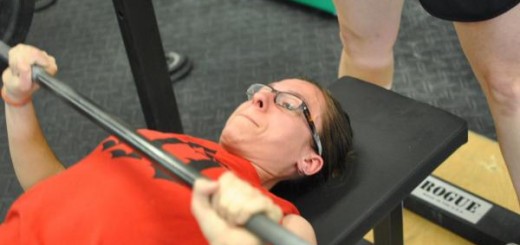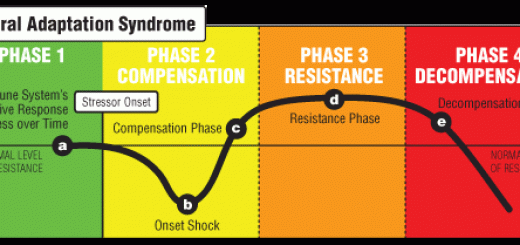The Female Athlete Triad, Part 1: Are You At Risk?
Any athlete that participates in sport assumes a risk. These risk factors are multifactorial (such as gender, years in sport, previous injuries, workout regimen, etc). Here, we tackle the Female Athlete Triad and why it is essential to see if you are at risk.
The Female Athlete Triad is a devastating health problem facing females in athletics and sports today. The Triad is a syndrome involving nutritional deficits, lack of a menstrual cycle, and issues with bone health. The Triad is defined by the American College of Sports Medicine as, “interrelationships among energy availability, menstrual function, and bone mineral density, which may have clinical manifestations including eating disorders, functional hypothalamic amenorrhea, and osteoporosis.”
 Populations most at risk for the Triad are usually females participating in sports where lower body weight is optimal, including running, weightlifting, biking, cross country, gymnastics, figure skating, ballet, diving, swimming, and endurance sports. Societal pressure of an “ideal body type” can foster the development of low self esteem and negative body issues associated with the Triad. Intense scrutiny, pressure in competition, weigh-ins, and social isolation may perpetuate an environment that can increase the risk for developing the Triad. Many athletes do not meet all of the criteria for the Triad but may manifest the disorder and behaviors as part of a syndrome.
Populations most at risk for the Triad are usually females participating in sports where lower body weight is optimal, including running, weightlifting, biking, cross country, gymnastics, figure skating, ballet, diving, swimming, and endurance sports. Societal pressure of an “ideal body type” can foster the development of low self esteem and negative body issues associated with the Triad. Intense scrutiny, pressure in competition, weigh-ins, and social isolation may perpetuate an environment that can increase the risk for developing the Triad. Many athletes do not meet all of the criteria for the Triad but may manifest the disorder and behaviors as part of a syndrome.
- Lower energy levels, fatigue, excessive tiredness, and problems sleeping.
- Eating issues including low calorie and or low fat diet, obsessive eating patterns and strange diets, and weight loss.
- Physical changes including; hair loss, dry skin, cold extremities, frequent colds, infections, or illnesses.
- Irregular or absent menstrual cycle.
- Recurrent sports related injuries, bone breaks, and stress fractures.
 Another study in the Journal of American College Healthexamined bone mineral density of elite endurance runners.Researchers found that 34.2% of the of athletes studied had low bone mineral density at the lumbar spine, and osteoporosis was present in 33% of the sample. Other aspects of the Triad including menstrual dysfunction, disordered eating, and low bone mineral density were present in 15.9% of the athletes studied.
Another study in the Journal of American College Healthexamined bone mineral density of elite endurance runners.Researchers found that 34.2% of the of athletes studied had low bone mineral density at the lumbar spine, and osteoporosis was present in 33% of the sample. Other aspects of the Triad including menstrual dysfunction, disordered eating, and low bone mineral density were present in 15.9% of the athletes studied.Original article by: Mindith Rahmat at breakingmuscle.com





